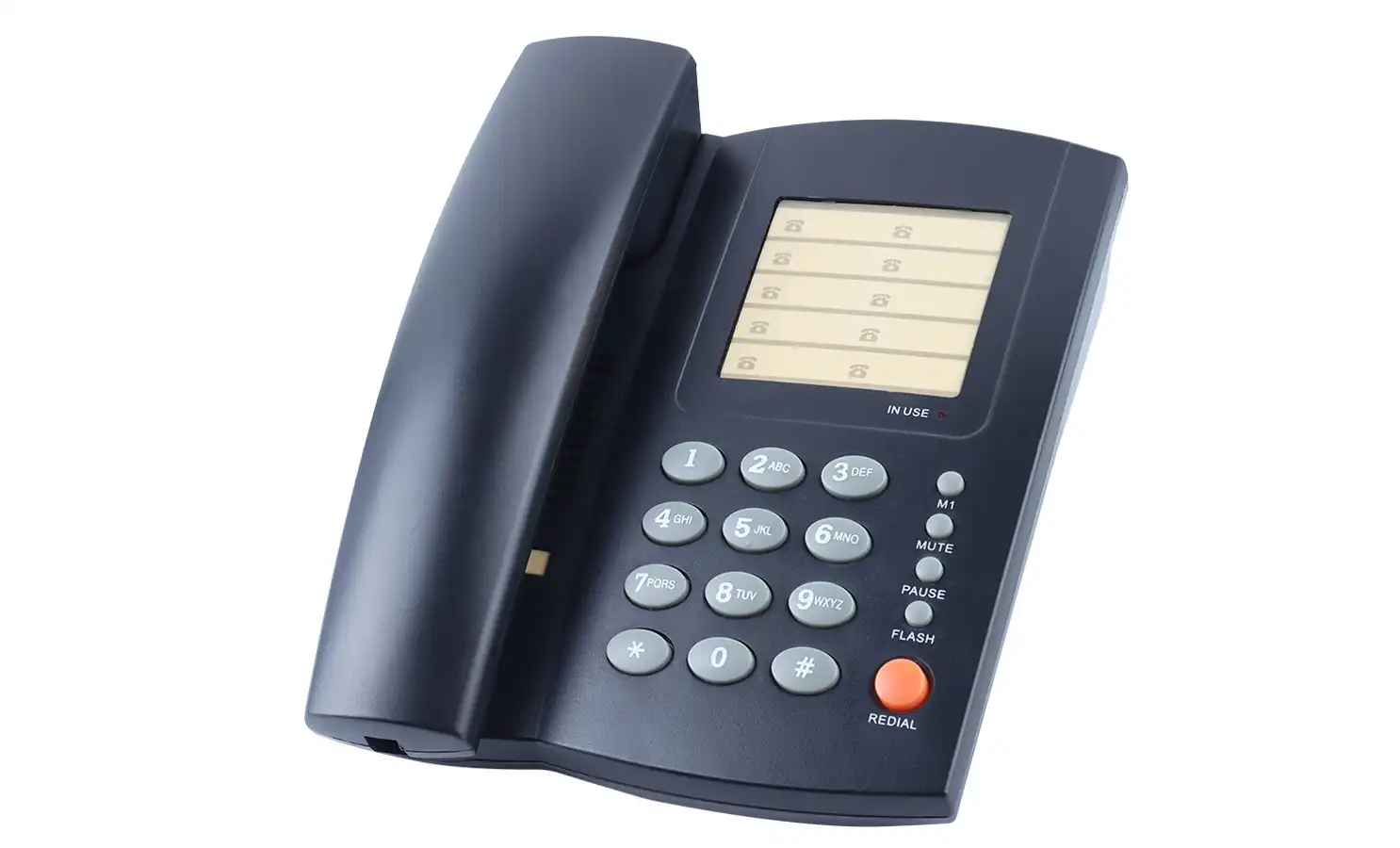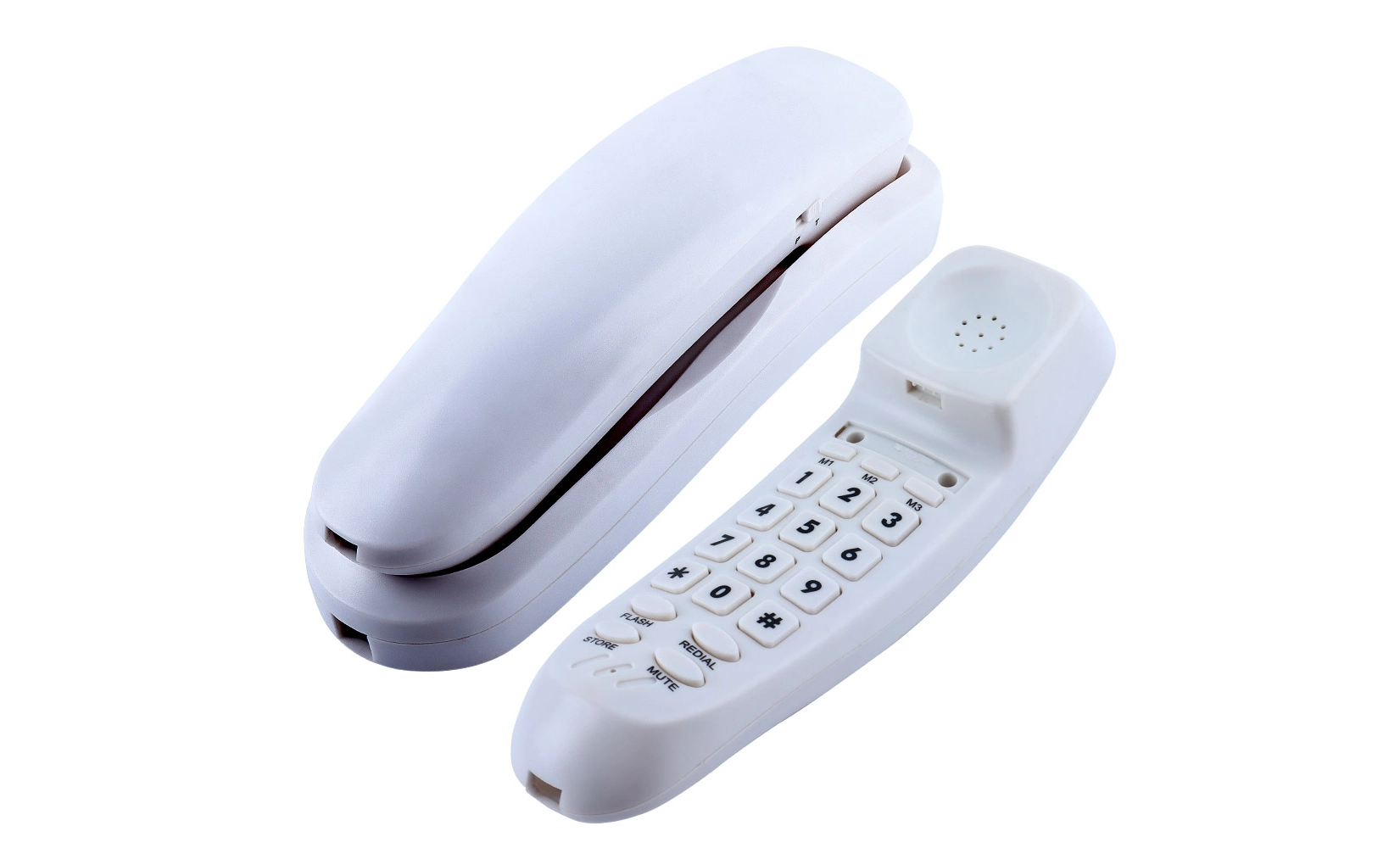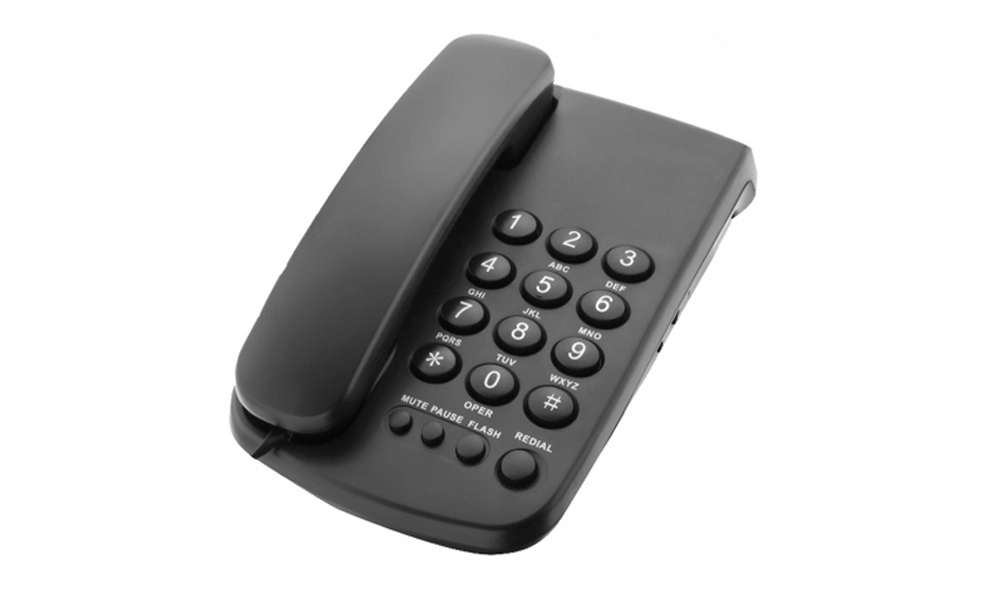Mastering Telephone Etiquette in the Professional Realm
Proper telephone etiquette is essential for maintaining a professional image and ensuring effective communication. When using a basic office telephone, it's crucial to answer promptly, typically within three rings. Greet the caller with a warm, clear voice, stating your name and company. This immediate identification sets a positive tone for the conversation.
Enunciation and speaking pace are paramount. Articulate your words clearly and maintain a moderate speaking rate to ensure the caller can understand you easily. This is particularly important when dealing with international clients or individuals with different accents. Remember to listen attentively and avoid interrupting the caller, as this demonstrates respect and helps prevent miscommunication. Following these principles is a key part of basic office telephone practices, supporting clearer communication and stronger professional relationships.
Another vital aspect of telephone etiquette is managing background noise. If possible, find a quiet area for important calls or use the mute button when not speaking during conference calls. This minimizes distractions and maintains a professional atmosphere. Additionally, always ask for permission before putting someone on hold or transferring their call, and provide an estimated wait time if necessary.
Handling Difficult Conversations with Grace
Inevitably, you may encounter challenging conversations on the basic office telephone. In these situations, remain calm and professional. Use active listening techniques to fully understand the caller's concerns, and respond with empathy and patience. If you need to deliver bad news or handle a complaint, do so with tact and offer solutions or alternatives when possible.
Remember that your tone of voice conveys much of your message over the phone. Maintain a positive and helpful demeanor, even in stressful situations. If a call becomes too heated or unproductive, politely suggest scheduling a follow-up conversation when emotions have settled. This approach helps maintain professionalism and often leads to more constructive outcomes.
Optimizing Call Management for Enhanced Productivity
Efficient call management is crucial for maximizing productivity when using a basic office telephone. One key strategy is to prioritize calls effectively. Develop a system to differentiate between urgent and non-urgent calls, perhaps using different ringtones or voicemail greetings. This allows you to respond to critical matters promptly while managing less pressing issues at more convenient times.
Voicemail management is another important aspect of call optimization. Ensure your voicemail greeting is professional and up-to-date, providing clear instructions for leaving messages. Regularly check and respond to voicemails, ideally within 24 hours. When leaving voicemails for others, be concise and include key information such as your name, contact number, and the purpose of your call.
Implementing a call log system can significantly improve efficiency. Keep track of important calls, including the date, time, caller's name, and key points discussed. This practice not only helps with follow-ups but also provides a valuable record for future reference. Many basic office telephones have built-in call logging features, but a simple notebook can suffice if such functionality is unavailable.
Leveraging Call Forwarding and Routing
Utilize call forwarding features to ensure important calls reach you even when you're away from your desk. Set up call routing to direct specific types of calls to the appropriate department or individual. This streamlines communication and reduces the time spent transferring calls manually. If your basic office telephone system allows, consider setting up hunt groups or ring groups to distribute incoming calls among team members efficiently.
For businesses with high call volumes, implementing a basic Interactive Voice Response (IVR) system can significantly improve call management. Even with basic telephones, many modern phone systems offer IVR capabilities that can guide callers to the right department or provide basic information, reducing the workload on staff and improving customer service.
 Harnessing Advanced Features of Basic Office Telephones
Harnessing Advanced Features of Basic Office Telephones
While they may be called "basic," many modern office telephones come equipped with advanced features that can significantly enhance productivity and communication efficiency. Familiarize yourself with these features to make the most of your office phone system. Conference calling capabilities, for instance, allow for multi-party discussions, saving time and resources on in-person meetings.
Speed dial functions can be a game-changer for frequently called numbers. Program important contacts into your phone's memory for quick access, reducing dialing time and potential errors. Some basic office telephones also offer call waiting features, allowing you to manage multiple calls efficiently. Learn how to switch between calls smoothly to provide excellent service to all callers.
Many basic telephones now include caller ID functionality. Use this feature to prepare for calls and personalize your greeting. It can also help in screening calls during busy periods. Some systems even allow for call blocking, which can be useful for managing unwanted or spam calls that may disrupt your workday. Incorporating these tips into your routine reflects good basic office telephone practices, helping to improve efficiency and professionalism in daily communications.
Integrating with Digital Communication Tools
Even basic office telephones can often be integrated with digital communication tools to create a more cohesive workspace. For example, some systems allow for voicemail-to-email transcription, enabling you to read your messages quickly without having to dial in. Explore whether your phone system can be connected to your company's Customer Relationship Management (CRM) software, potentially allowing for automatic call logging and contact information retrieval.
Consider using softphone applications in conjunction with your basic office telephone. These software-based phone systems can work alongside traditional hardware, offering features like video calling and instant messaging. This hybrid approach can provide the reliability of a basic telephone with the added functionality of digital communication tools.
Conclusion
Mastering the use of basic office telephones is an essential skill in today's business world. By implementing proper etiquette, optimizing call management, and leveraging advanced features, you can significantly enhance communication efficiency and professionalism in your workplace. Remember that even with the rise of digital communication tools, the telephone remains a critical component of business operations. Continually refine your telephone skills and stay updated on your system's capabilities to ensure you're making the most of this fundamental office tool.
FAQ
How can I improve call quality on a basic office telephone?
Ensure you're speaking directly into the mouthpiece, use a good quality handset, and minimize background noise. If issues persist, contact your IT department or telephone service provider for assistance.
What should I do if I accidentally disconnect an important call?
Call back immediately and apologize for the disconnection. Briefly explain what happened and resume the conversation where you left off.
How can I manage multiple calls efficiently on a basic telephone?
Familiarize yourself with your phone's call waiting and hold features. Prioritize calls based on urgency and use voicemail for less critical matters during busy periods.
Elevating Office Communication with CHEETA's Advanced Telephone Solutions
At CHEETA, we understand the critical role that basic office telephones play in daily business operations. Our state-of-the-art manufacturing facility in Shenzhen, spanning 1,200㎡, is dedicated to producing high-quality, reliable communication devices. With our team of 10 senior engineers and 100+ skilled workers, we ensure that each of our 1,000 daily produced units meets stringent CE and ROHS standards. Our commitment to quality is reflected in our 11-step inspection process and our remarkably low failure rate of under 1%. For businesses seeking to enhance their office communication, CHEETA offers customizable OEM/ODM solutions tailored to specific needs. Experience the difference of our expertly crafted telephones by contacting us at allen@cheeta.com.cn.

References
1. Smith, J. (2022). "Modern Office Communication: The Role of Basic Telephones". Business Communication Quarterly, 45(2), 78-92.
2. Johnson, A. & Brown, T. (2021). "Optimizing Telephone Etiquette in Professional Settings". Journal of Business Ethics, 33(4), 215-230.
3. Lee, S. (2023). "Advanced Features in Basic Office Telephone Systems: A Comprehensive Guide". Telecommunications Review, 18(3), 145-160.
4. Garcia, M. et al. (2022). "Enhancing Productivity Through Effective Call Management Strategies". International Journal of Business Communication, 56(1), 33-49.
5. Wilson, P. (2023). "Integrating Traditional Telephony with Modern Digital Communication Tools". Tech in Business, 29(2), 112-128.
 Effective communication is crucial in any office environment, and the
Effective communication is crucial in any office environment, and the 




